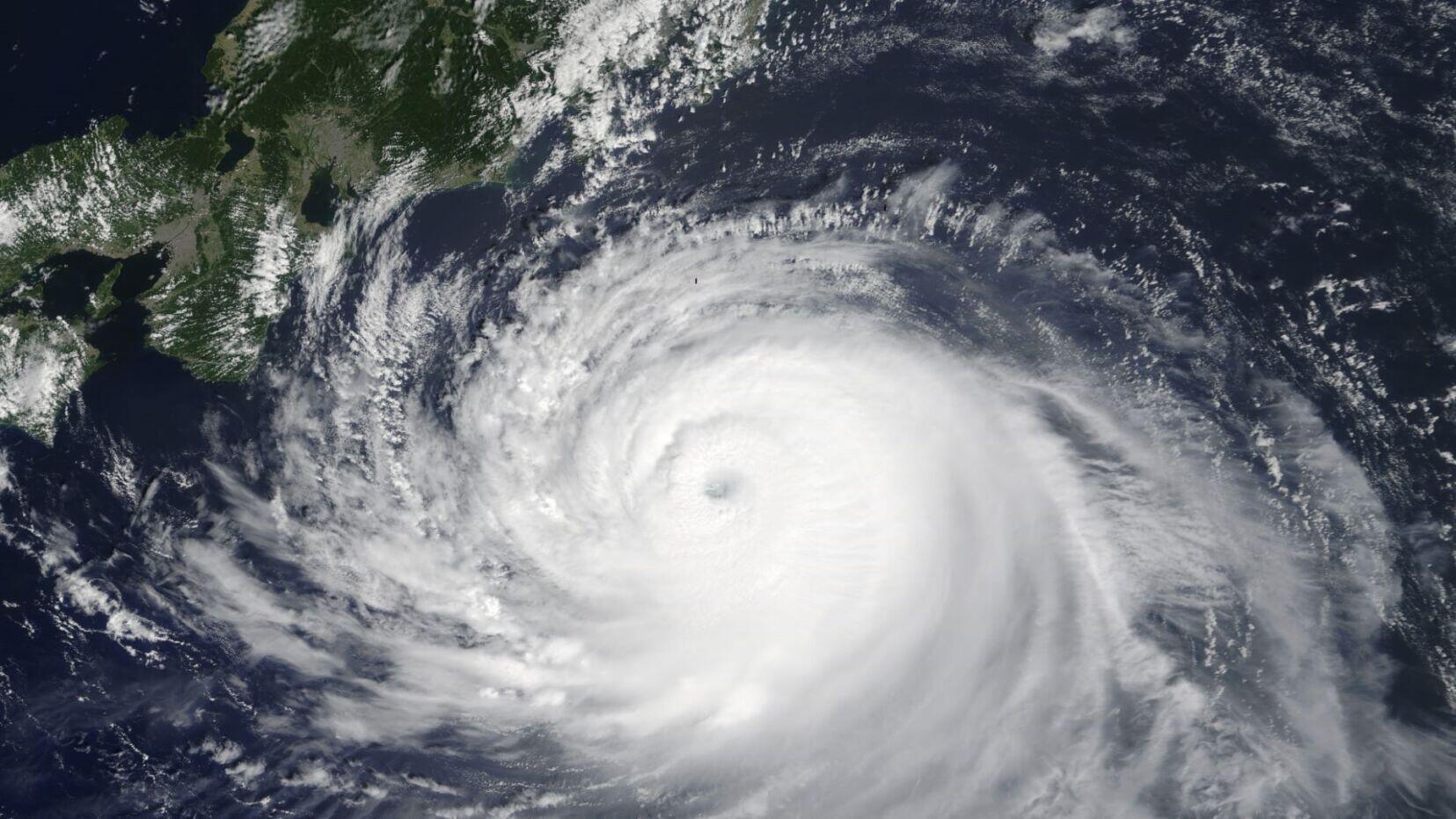
First long-term study on the East Antarctic interior ice sheet region reveals the Indian Ocean mechanism driving this change.
Scientists have confirmed that East Antarctica’s interior is warming faster than its coastal areas and identified the cause. A 30-year study, published in Nature Communications and led by Nagoya University’s Naoyuki Kurita, has traced this warming to increased warm air flow triggered by temperature changes in the Southern Indian Ocean. Previously considered an observation “blind spot,” East Antarctica contains most of the world’s glacial ice. This newly identified warming mechanism indicates that current predictions may underestimate the rate of future Antarctic ice loss.
Collecting data in Earth’s most extreme environment
Antarctica, the world’s coldest, driest, and windiest continent, contains about 70% of Earth’s freshwater frozen in its massive ice sheets. Climate change in the region has been studied using data from manned stations located mostly in coastal areas. However, the Antarctic interior has only four manned stations, with long-term climate data available for just two: Amundsen-Scott Station (South Pole) and Vostok Station (East Antarctic Interior). Therefore, the actual state of climate change in the vast interior remained largely undocumented.



The research group collected observation data from three unmanned weather stations in East Antarctica where observations have continued since the 1990s: Dome Fuji Station, Relay Station, and Mizuho Station. They created a monthly average temperature dataset spanning 30 years, from 1993 to 2022.
Annual average temperature changes showed that all three locations experienced temperature increases at a rate of 0.45-0.72°C per decade, faster than the global average. The researchers analyzed meteorological and oceanic data and traced this temperature rise to changes in the Southern Indian Ocean that alter atmospheric circulation patterns and transport warm air toward Antarctica’s interior.
Current climate models do not capture this warming process, so future projections of temperature for Antarctica may be underestimated. “While interior regions show rapid warming, coastal stations have not yet experienced statistically significant warming trends,” Professor Naoyuki Kurita from the Institute for Space-Earth Environmental Research at Nagoya University said. “However, the intensified warm air flow over 30 years suggests that detectable warming and surface melting could reach coastal areas like Syowa Station soon.”
The Southern Indian Ocean-East Antarctica climate connection
Ocean fronts—areas where warm and cold ocean waters meet—create sharp temperature boundaries in the Southern Indian Ocean. Because global warming heats ocean waters unevenly, it intensifies these temperature differences: stronger oceanic fronts lead to more storm activity and atmospheric changes that create a “dipole” pattern, with low pressure systems in mid-latitudes and high pressure over Antarctica. The high-pressure system over Antarctica pulls warm air southward and carries it deep into the continent.
Now, for the first time, scientists have comprehensive weather station data demonstrating that East Antarctica’s interior is warming faster than its coasts and have identified the major cause of this change. The study provides important insights into how quickly the world’s largest ice reservoir will respond to continued global warming.
Paper:
Naoyuki Kurita, David H. Bromwich, Takao Kameda, Hideaki Motoyama, Naohiko Hirasawa, David E. Mikolajczyk, Linda M. Keller & Matthew A. Lazzara. (2025) Summer warming in the East Antarctic interior triggered by southern Indian Ocean warming. Nature Communications 16, 6764. https://doi.org/10.1038/s41467-025-61919-3
Funding information:
The US National Science Foundation Grant 2301362 and 2205398.
Researcher contact:
Naoyuki Kurita
Institute for Space-Earth Environmental Research, Nagoya University
Email: kurita.naoyuki.n5@f.mail.nagoya-u.ac.jp
Media contact:
Merle Naidoo
International Communications Office, Nagoya University
Email: icomm_research@t.mail.nagoya-u.ac.jp
Top image:
Professor Naoyuki Kurita at Dome Fuji Station, East Antarctica, where weather instruments collect climate data year-round. Credit: Naoyuki Kurita, Nagoya University






